Chapter 5
Scrooges and Micawbers
In December 1843, Charles finished a story about a mean old man visited by three ghosts on Christmas Eve.
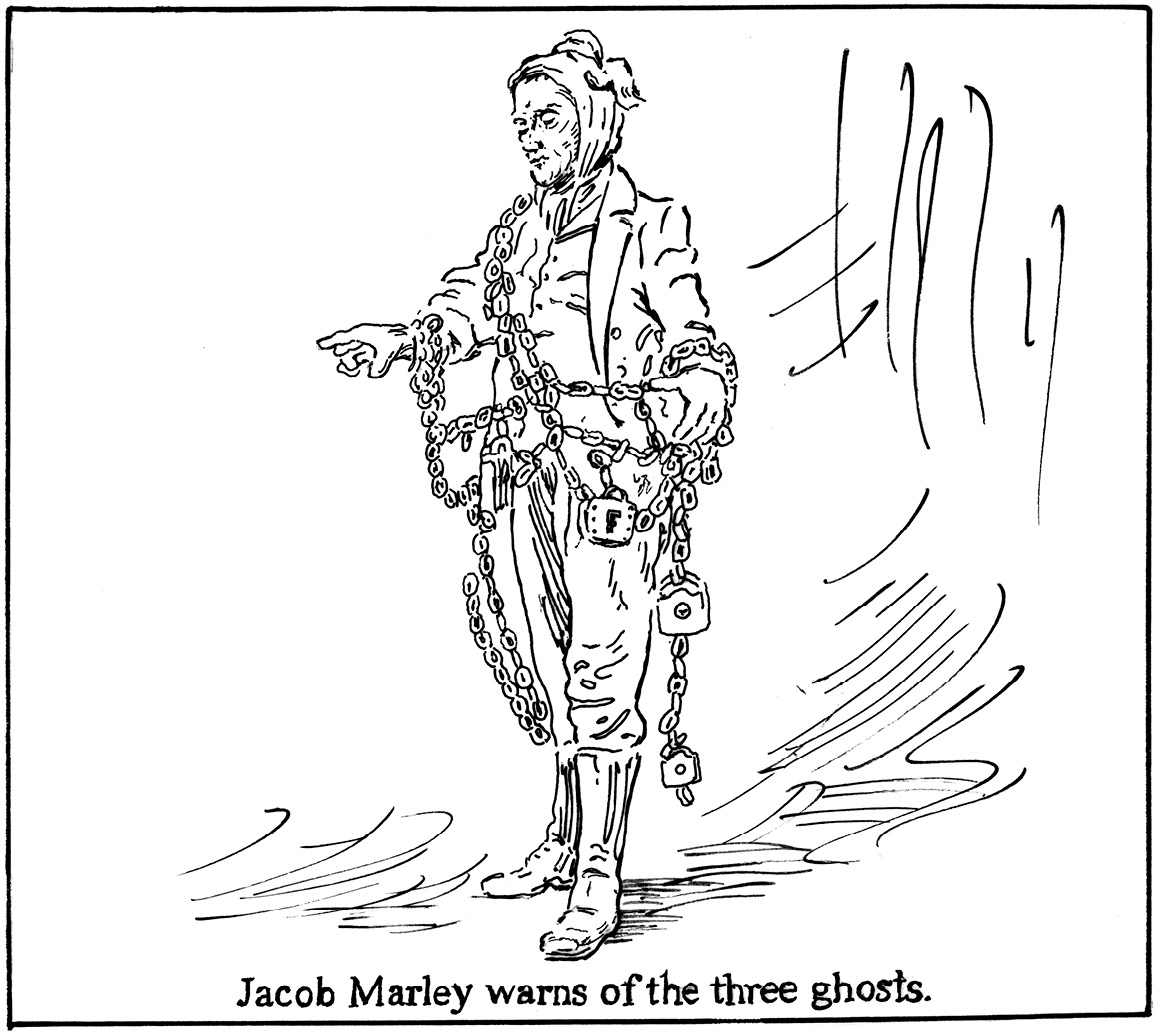

A Christmas Carol was published as a small book bound in red cloth with gold edging on its pages. It sold six thousand copies in just five days!
A Christmas Carol was a sensation.
In January, the Dickenses welcomed another son, Francis. Charles and Catherine now had five children.
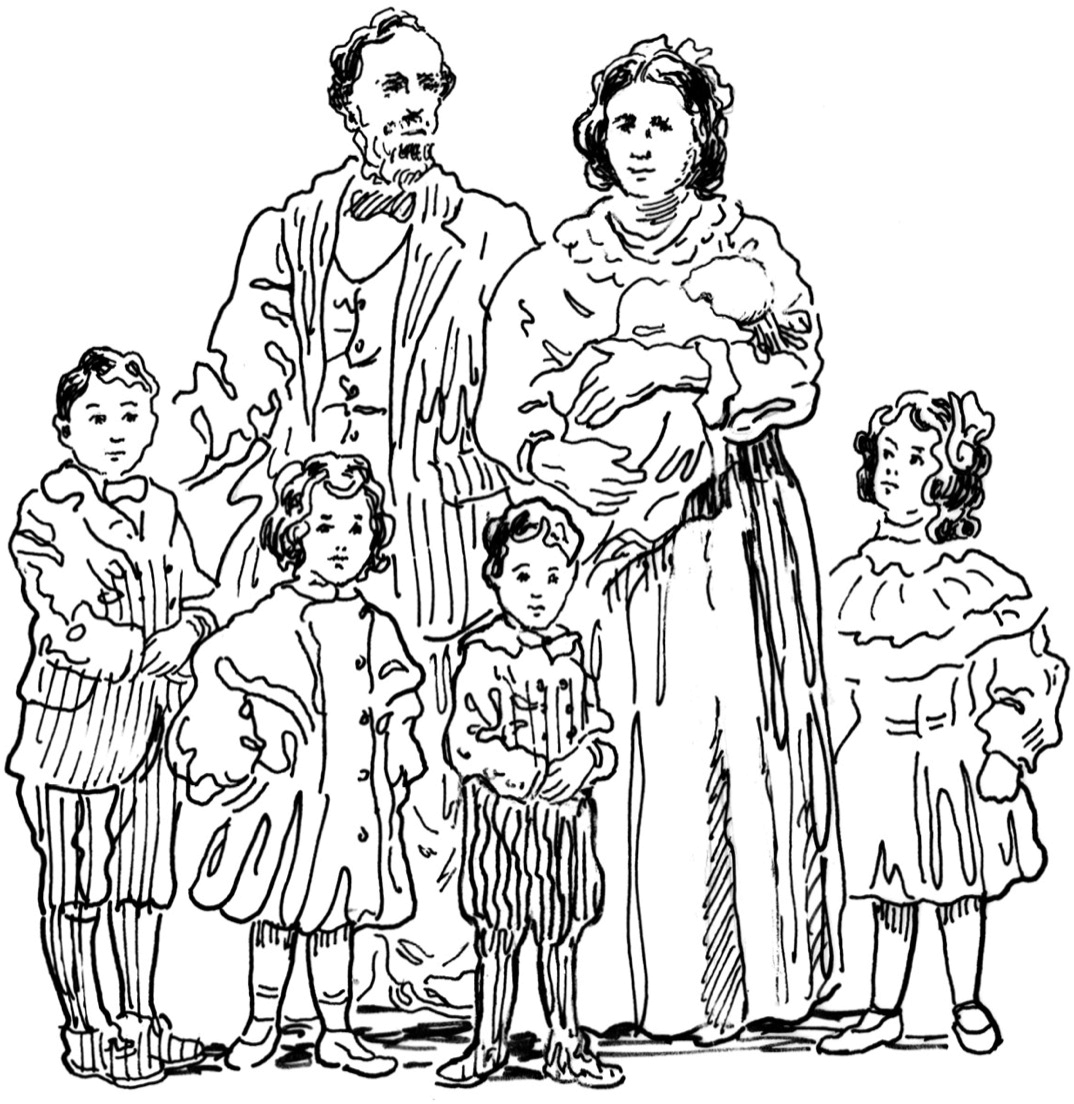
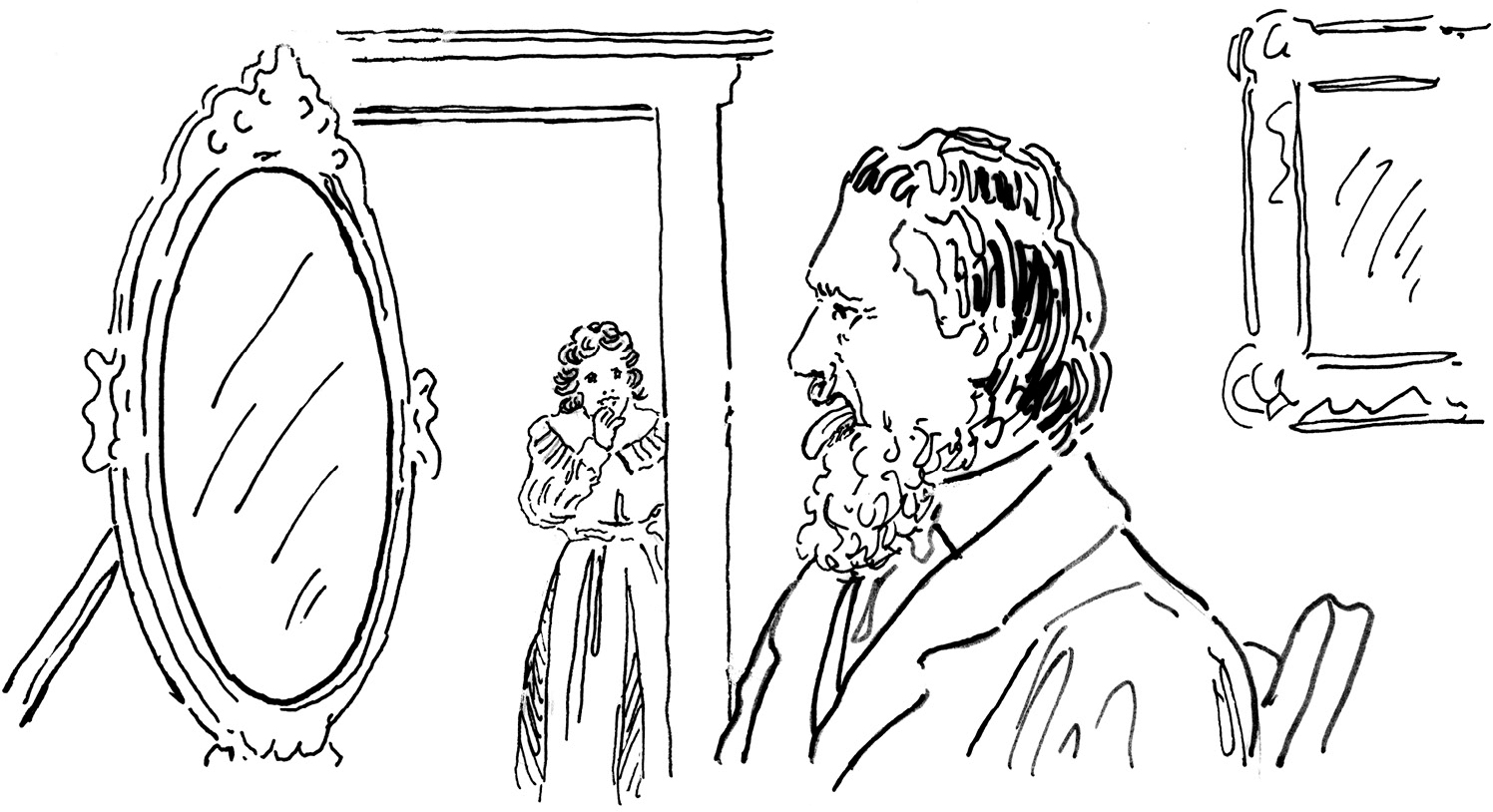
Charles’s daughter Mamie once said her father wrote furiously at his desk, then jumped up and went to the mirror. He made all sorts of faces, then ran back to write more. Again and again he returned to the mirror, acting out scenes and talking out loud. He didn’t even see Mamie there. He had completely become the characters he was hard at work creating.
Those characters had finally brought Charles the security he longed for as a child. Now that Charles had money, he wanted to use it to help others.
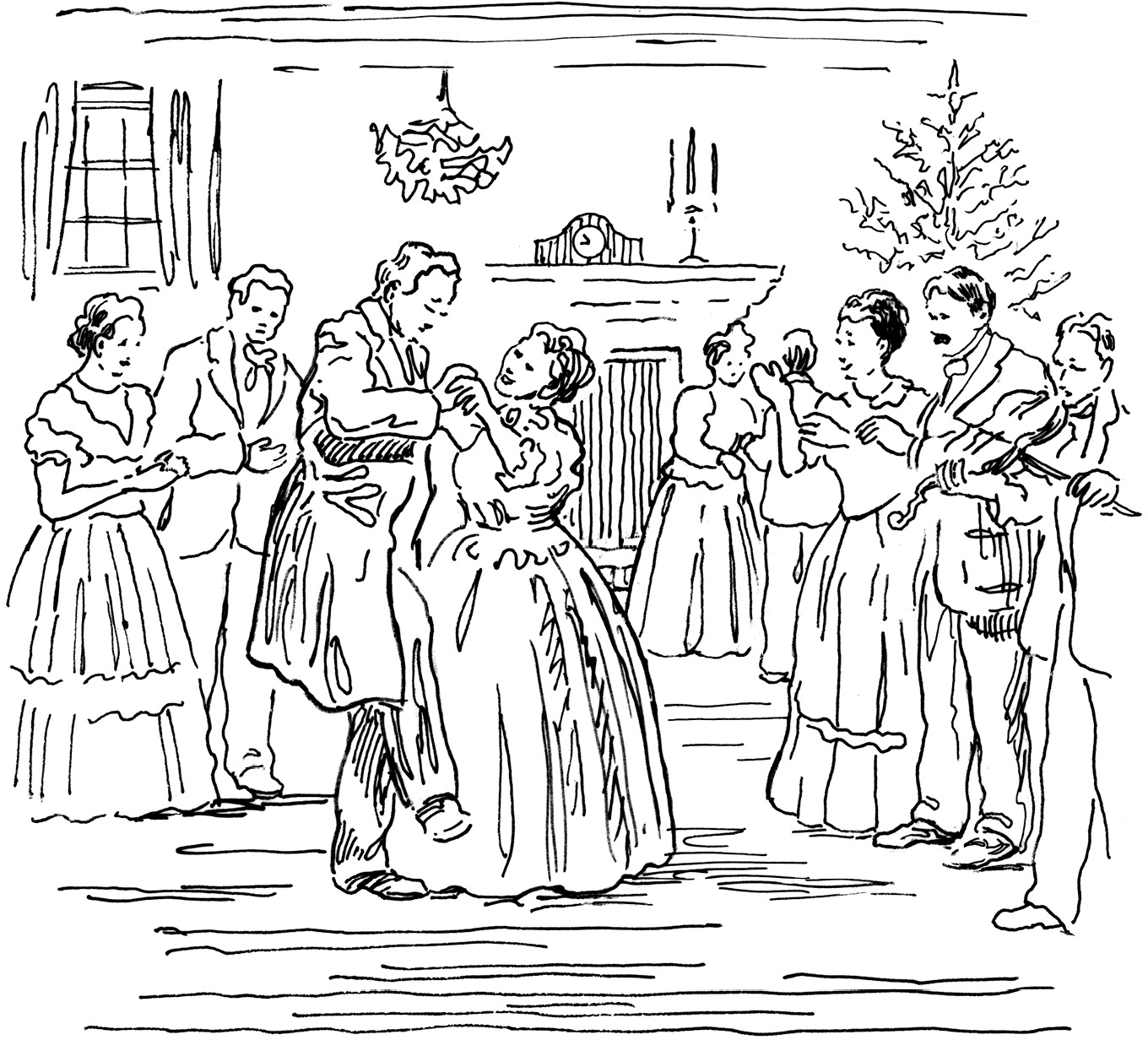
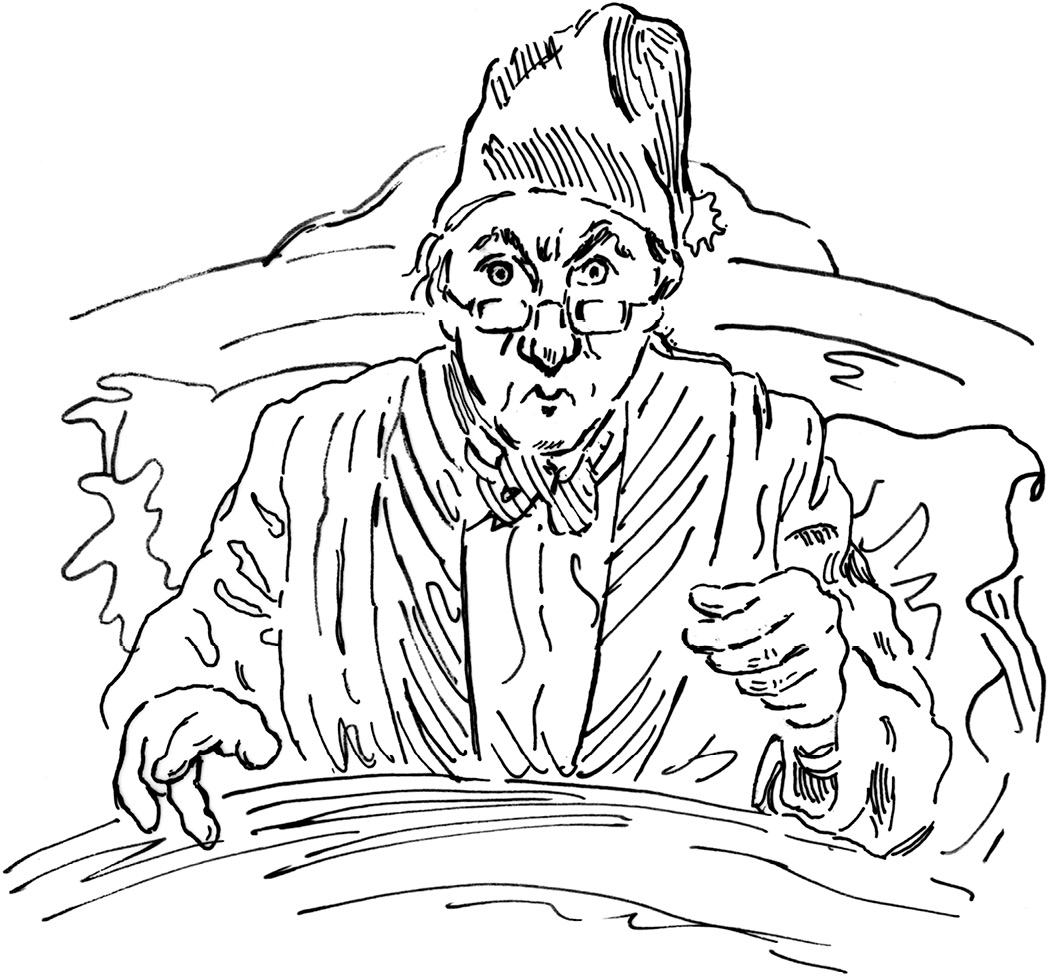
None of Charles’s new friends knew about his family’s past, except John Forster. John was the only person Charles ever told about it, but in 1849, Charles started work on David Copperfield. This book borrowed many details from real life—Charles’s father’s spending, the debtors’ prison, leaving school for the factory, his mean landlady—and turned them into a best seller. So many people read David Copperfield that the book began to influence the way people spoke. A man who was always in debt but cheerfully expected that money would come from somewhere became known as a “Micawber” after a character in the book.
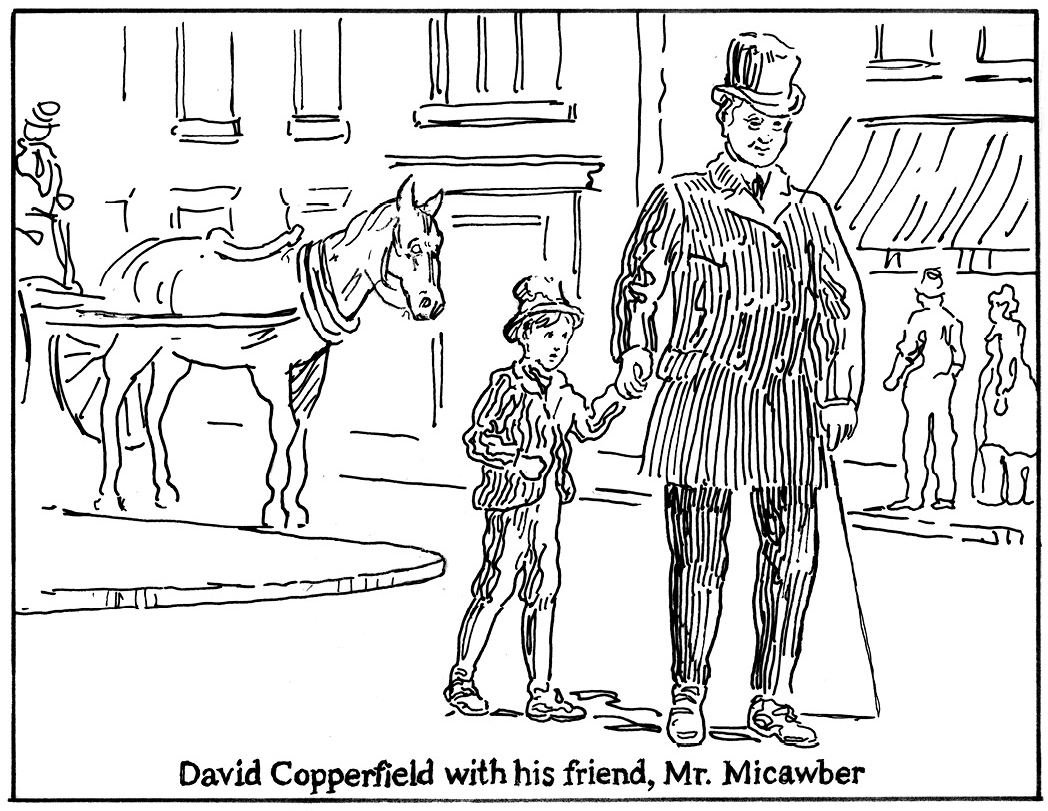
Charles’s friends all recognized that “Micawber” was John Dickens, but they still never suspected that he had ever been in debtors’ prison.
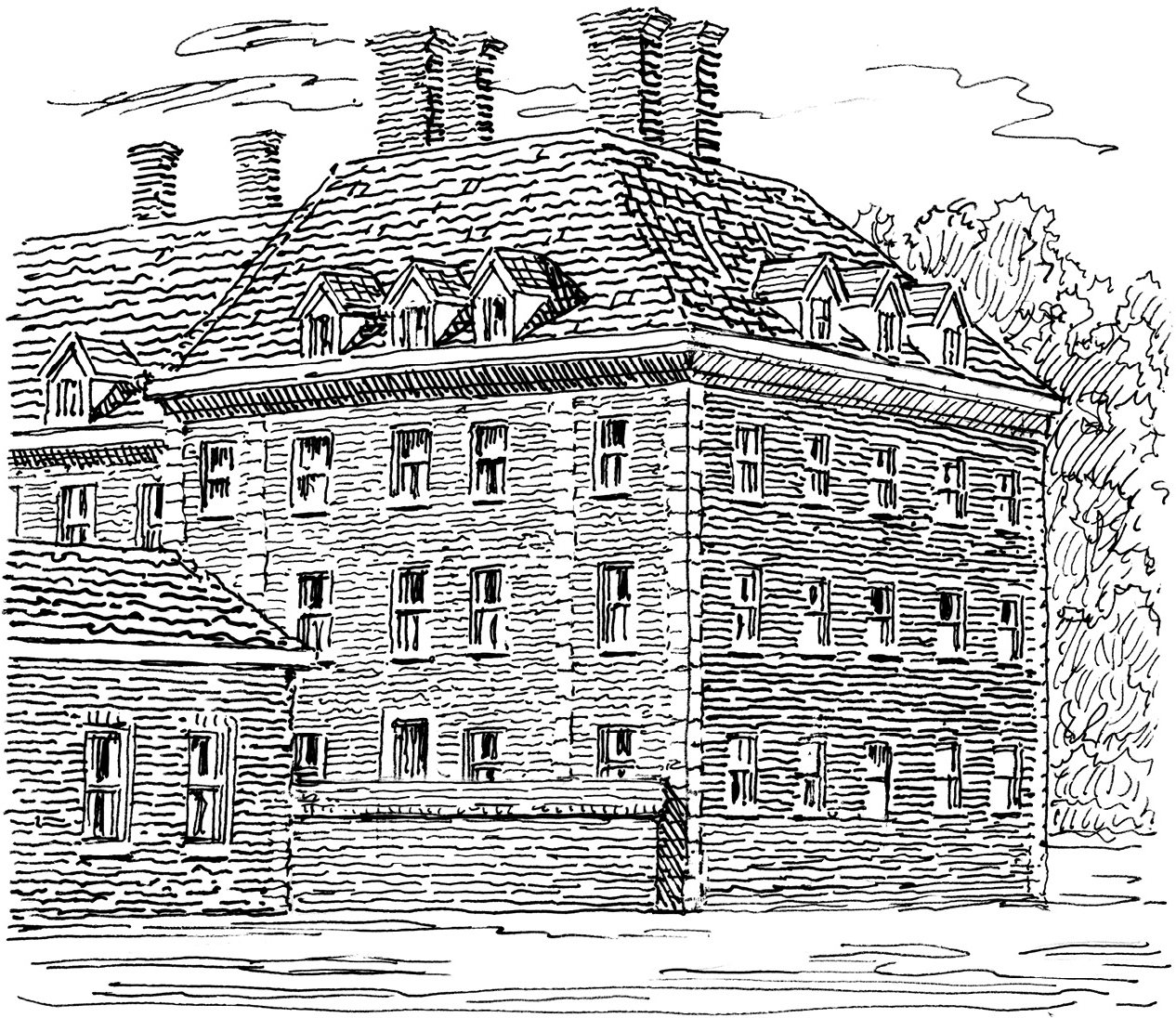
At the end of that year, Charles, who had left his job at Bentley’s Miscellany some years earlier, decided to start his own monthly magazine called Household Words. It contained stories by Charles and his friends William Thackeray and Wilkie Collins.


In August 1850, Catherine had her ninth child, Dora Annie Dickens. It wasn’t easy for Catherine to be pregnant so often. Her sister Georgina often took care of the children. Catherine didn’t see Charles much because he was always working. She couldn’t even take a walk with him because he walked too fast. He said his inspiration came from the crowded streets. He sometimes walked for thirty miles at a time! The more tired Catherine became, the more energy Charles seemed to have.

In 1851, when Dora was still a baby, John Dickens died from complications of an operation on his gallbladder. No matter how much trouble his father had caused him, Charles forgave him and paid off every one of his debts.
Two weeks after his father’s death, baby Dora suddenly died. Charles was heartbroken, but—as always—he kept working.
